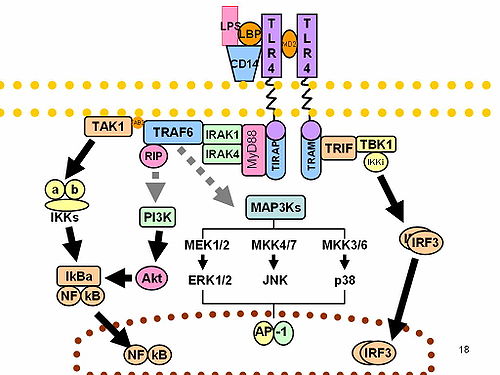Immune checkpoint inhibitors (ICI) are a novel class of immunotherapy drugs that have vastly improved cancer care for patients. Data on AKI has been evolving.
In a multicenter international study just published in JITC by Gupta et al involving 30 sites across 10 countries, researchers collected data on 429 patients with ICI-AKI and 429 control patients who did not develop ICI-AKI. Armed with the largest ICI-AKI database to date, the team of researchers was able to identify predictors, recovery potential and survival outcomes of those patients with ICI-AKI.
One of the most important findings from the two-year study reveals that among patients who take ICI again – even after an episode of ICI-AKI – only 16.5 percent developed recurrent ICI-AKI, which shows that most patients can still take these life-saving medications safely.
Additional findings show that in renal-recovery occurs in approximately two-thirds of patients with ICI-AKI. Early treatment with corticosteroid is associated with a higher likelihood of renal recovery. Lower baseline kidney function, proton pump inhibitor use and extrarenal immune-related adverse events are independent risk factors for developing ICI-AKI.
A related paper recently published in the journal Kidney International by Wanchoo et al looking at the scope of electrolyte disorders that are seen with ICI. Hyponatremia, hypokalemia and hypercalcemia were the most common findings. SIADH is the most common cause of hyponatremia and adrenal disorders led the way in the cause of hypercalcemia.








 A nice letter from investigators at Stanford published this week in NEJM Oct 2011 issue shows a proof of concept. 12 patients, got a HLA matched kidney and a donor cell infusion of CD34+ progenitor cells mixed with CD3+ T cells and irridiation and anti thymoglobuliun. The irridiation was not total body but more to spleen, thymus and lymph nodes. Giving stem cell transplantation and kidney transplant to a well matched patient led to chimerism and ultimately majority patients came off immunosuppresion and renal function is stable. Take a look at the full letter at
A nice letter from investigators at Stanford published this week in NEJM Oct 2011 issue shows a proof of concept. 12 patients, got a HLA matched kidney and a donor cell infusion of CD34+ progenitor cells mixed with CD3+ T cells and irridiation and anti thymoglobuliun. The irridiation was not total body but more to spleen, thymus and lymph nodes. Giving stem cell transplantation and kidney transplant to a well matched patient led to chimerism and ultimately majority patients came off immunosuppresion and renal function is stable. Take a look at the full letter at

